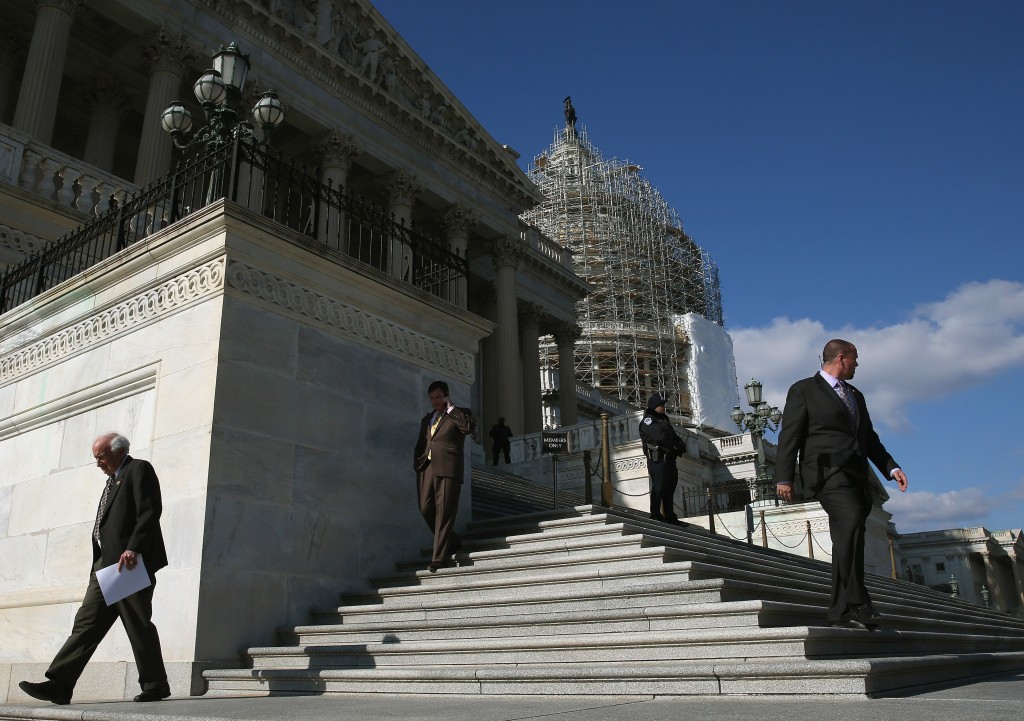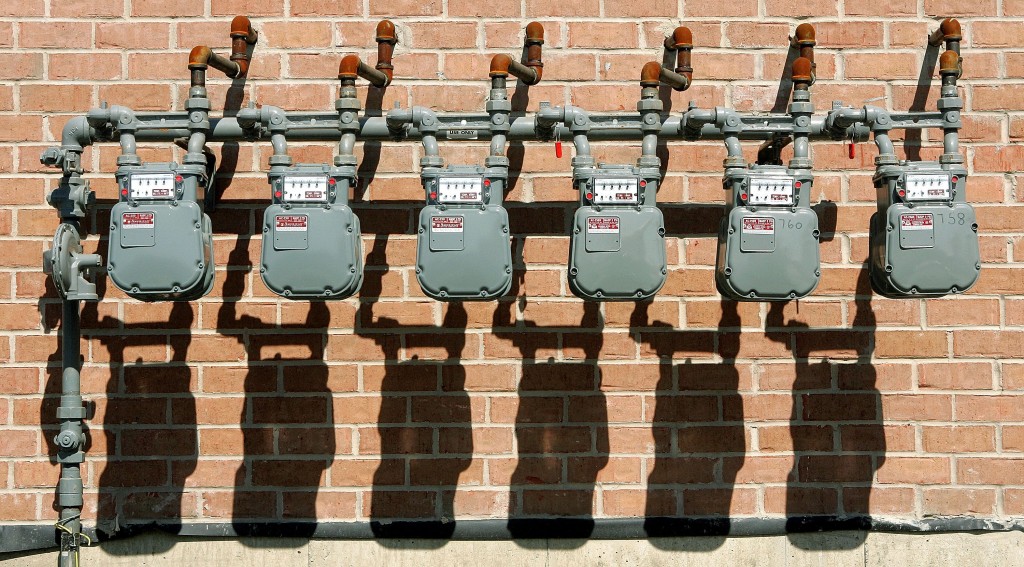Recent reports assert that some of the world’s oil suppliers have had a strategy to curtail the U.S. energy revolution – and that the strategy has worked, citing U.S. Energy Information Administration data showing U.S. production in decline. Bloomberg this week: After a year suffering the economic consequences of the oil price slump, OPEC is… Keep reading →
Bloomberg
Sign up and get Breaking Energy news in your inbox.
We will never sell or share your information without your consent. See our privacy policy.Smart Meters Trapped Between Benefits and Dangers, Claims Forbes
By Smart Grid NewsJust when you think it’s safe to go back in the water, the smart meter debate has been elevated to the national level by several publications, including Forbes. Smart meter installations in the United States are expected to progress steadily over the next 10 years. That is because they offer a range of benefits to… Keep reading →
In sunny, high retail cost states, it appears imminent Adding solar panels to a roof is at least 20% cheaper when the roof is being built than adding it later. Why not include solar panels as a standard feature in new homes, just as smoke detectors or kitchen granite countertops are? That seems to be… Keep reading →
Chevron has signed a $10 bin, 50-year agreement with the government of Ukraine to explore for and develop oil and gas in the Olesska field in the western part of the country. Chevron is expected to spend $350MM for exploration over two to three years. Ukraine has a strong interest in developing its domestic resources as a means of reducing… Keep reading →
For corporations, taking into account issues of Environment and Social sustainability is becoming increasingly important. PwC, a professional services firm, held a webcast this week to discuss trends relating to ESG (Environment, Social, and Governance). The panelists discussed both the current state of ESG in corporations as well as the zeitgeist of the future business… Keep reading →
Could implementing a widespread change in energy use be as simple as educating leadership? The US Navy’s top-down structure may provide an effective means of implementing broad, sweeping changes to energy use in one of the country’s largest institutions. The Naval Postgraduate School’s Energy Academic Group and Cebrowski Institute hosted a five-day training course for Naval… Keep reading →
The financial industry’s indispensable tool – the Bloomberg Terminal – may have developed a chink in its armor, as competing products and services from Thomson Reuters and Markit give it a run for its money. Bankers, traders, fund managers and others got spooked when Bloomberg admitted its reporters had access to terminal usage data they… Keep reading →
The Obama Administration issued a statement yesterday in support of Senate Bill 1392, the Energy Savings and Industrial Competitiveness Act of 2013. The Washington Post described the bill as “timid” and “politically palatable”. That’s a good thing. The goal of the legislation is to codify and beef up existing federal government programs that seek to reduce energy… Keep reading →
Reducing the impact of operations on the environment is a lofty goal for any business, but good citizenship is, in most cases, an insufficient motivation for sweeping changes at a company that must answer to its shareholders. What makes many sustainability efforts feasible for profit-driven companies is that by pursuing them – especially those that… Keep reading →

It is an urban myth that if the oil industry drilled more, gasoline prices would decrease. The myth relies on the premise that as more oil supplies are introduced, market forces would take over and domestic prices would fall. But it turns out that increasing domestic production has virtually no effect on gasoline prices.
The US already increased production. According to the Energy Information Administration (EIA), US oil production reached 310,403,000 barrels per month in October 1970 that became the historic peak. Ever since that time, production changed course and it has been in a steady decline. By 2005, production sank more than 50 percent to approximately 150,000,000 barrels per month. The bottom was reached in September 2008 when production sank to 119,477,000 barrels per month. Since then, for the first time since the 1980’s, monthly production changed direction and it has been trending upward. Last July, the US touched a new record of 196,405,000 barrels per month, a production level the US has not witnessed for over a decade. Keep reading →









